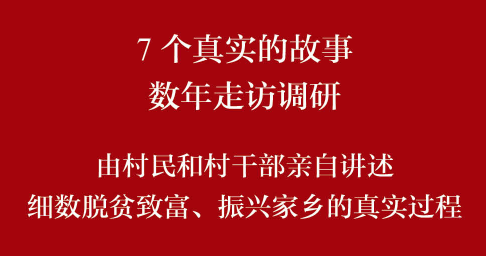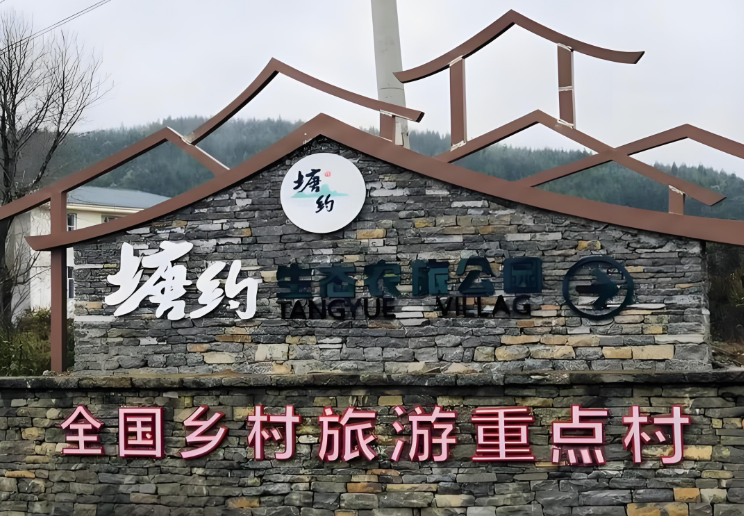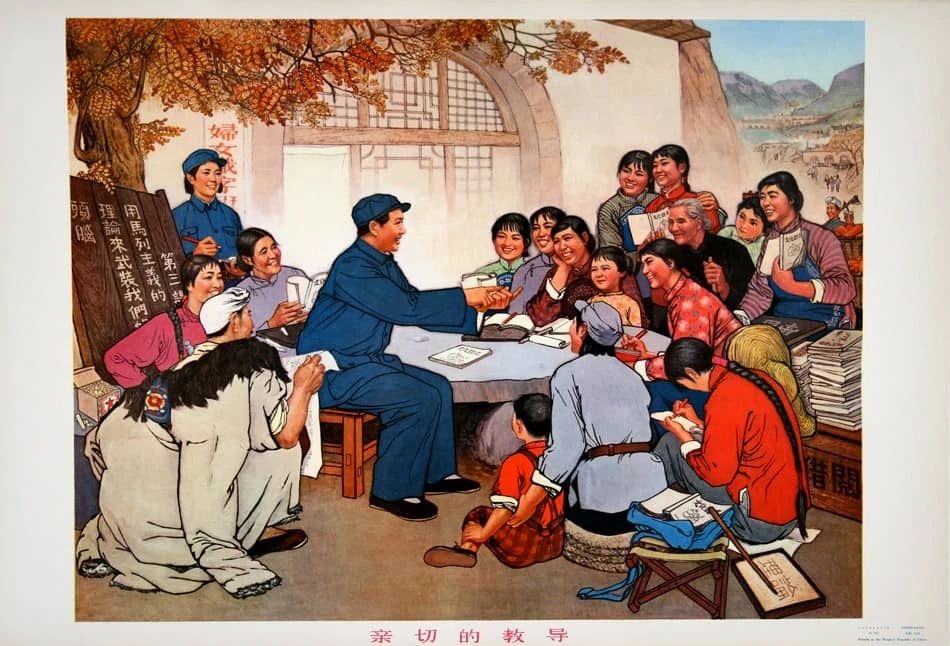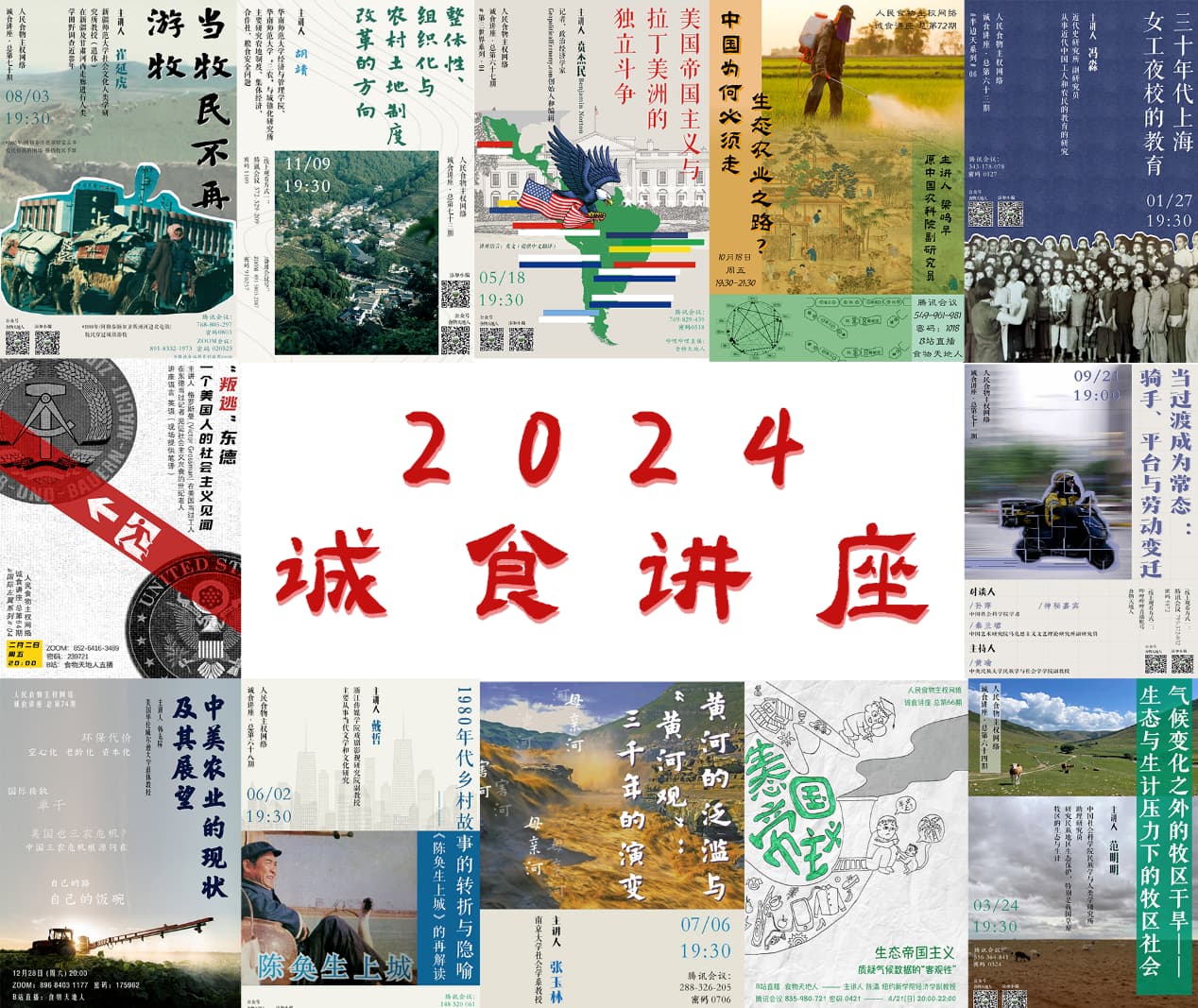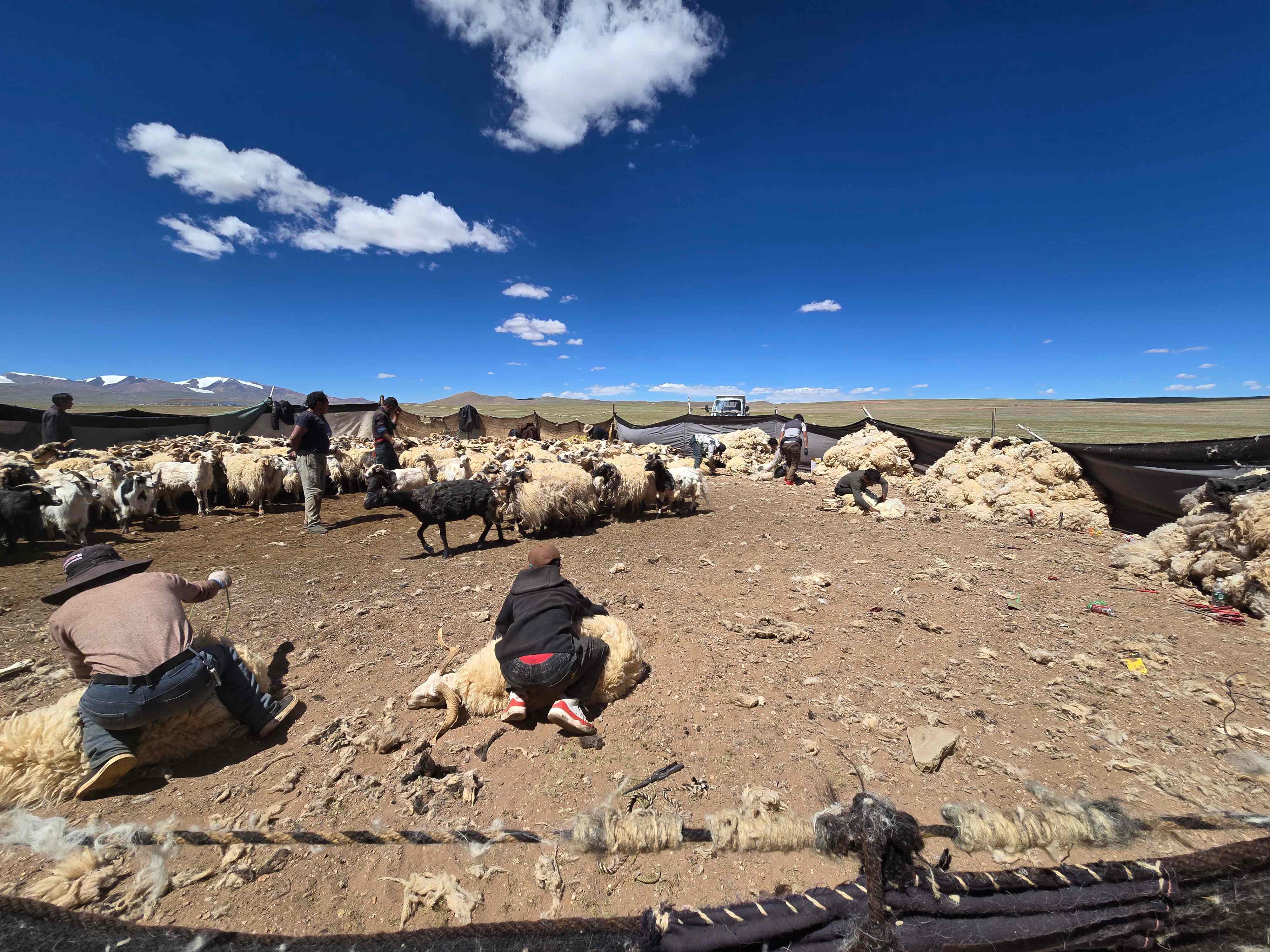世卫组织癌症研究机构:孟山都草甘膦除草剂农达可能致癌
来源: 路透社 发布时间:2015-03-22 阅读:3262 次
食物主权按:2015年3月,11个国家17位专家在世界卫生组织国际癌症研究机构(IARC)对草甘膦等有机磷农药致癌性审查评估,将草甘膦重新评级为“对人类可能的致癌物”。他们发表的研究报告强调:草甘膦除草剂的使用随孟山都抗草甘膦转基因作物的发展急剧增加;一系列科学研究表明:接触草甘膦提高了非霍奇金淋巴瘤持久存在的风险;草甘膦诱发哺乳动物肾小管癌、血管肉瘤;草甘膦配方制剂除草剂促进了皮肤肿瘤。草甘膦以及草甘膦配方制剂除草剂诱发哺乳动物DNA损伤与染色体损伤。孟山都对世界卫生组织国际癌症研究机构气急败坏,声称该项研究结论“与全球所有监管机构得到的结论如此剧烈偏离”,要求世界卫生组织举行紧急会议解释这样的发现。
翻译:陈一文
Monsanto weed killer can ‘probably’ cause cancer: World Health Organization
世界卫生组织国际癌症研究机构确认:孟山都草甘膦除草剂可能致癌
CHICAGO (Reuters) – The world’s most widely-used weed killer can “probably” cause cancer, the World Health Organization said on Friday.
【芝加哥(路透社)报道】-- 世界使用最广泛的除草剂“或许”致癌,世界卫生组织周五说
The WHO’s cancer arm, the International Agency for Research on Cancer (IARC), said glyphosate, the active ingredient in the Monsanto Co herbicide Roundup, was “classified as probably carcinogenic to humans”.
世界卫生组织(WHO)的国际癌症研究机构(IARC)说,草甘膦,孟山都公司除草剂农达中的活性成分,被“分级为:对人类可能的致癌物”。
It also said there was “limited evidence” that glyphosate was carcinogenic in humans for non-Hodgkin lymphoma.
国际癌症研究机构(IARC)还说,有“有限证据”证实草甘膦是人类中非非霍奇金淋巴瘤的致癌物。
Monsanto, the world’s largest seed company, said scientific data do not support the conclusions and called on the WHO to hold an urgent meeting to explain the findings.
孟山都,实际上最大的种子公司,说科学数据不支持这样的结论,要求世界卫生组织(WHO)举行紧急会议解释这样的发现。
“We don’t know how IARC could reach a conclusion that is such a dramatic departure from the conclusion reached by all regulatory agencies around the globe,” Philip Miller, Monsanto’s vice-president of global regulatory affairs, said in a statement.
“我们不知道世界卫生组织(WHO)的国际癌症研究机构(IARC)如何得到与全球所有监管机构得到的结论如此剧烈偏离的这样的结论”,孟山都公司负责全球事务副总裁菲利普·米勒发表声明如此说。
Concerns about glyphosate on food have been a hot topic of debate in the United States recently, and contributed to the passage in Vermont last year of the country’s first mandatory labeling law for foods that are genetically modified.
对于食品草甘膦残留的担心最近成为激烈辩论的热点之一,成为美国佛蒙特州通过美国强制要求转基因成分食品标识法案的重要原因。
The U.S. government says the herbicide is considered safe. In 2013, Monsanto requested and received approval from the U.S. Environmental Protection Agency for increased tolerance levels for glyphosate.
美国政府说草甘膦除草剂被考虑是安全的。2013年,依照孟山都的要求,美国环境保护署(EPA)批准将转基因作物草甘膦最高残留限量提供。(译注:2013年,美国EPA批准将大豆草甘膦最高残留限量从20mg/kg提高到40mg/kg!)
Glyphosate is mainly used on crops such as corn and soybeans that are genetically modified to survive it.
草甘膦主要用于种植过程允许喷洒草甘膦除草剂的抗草甘膦转基因作物。
The weed killer has been detected in food, water and in the air after it has been sprayed, according to the report from the WHO agency. However, glyphosate use is generally low in and near homes where the general public would face the greatest risk of exposure, the report said.
广泛喷洒后,在食物、水与空气中都发现了草甘膦除草剂残留,依据世界卫生组织(WHO)的国际癌症研究机构(IARC)
The evidence for the WHO’s conclusion was from studies of exposure, mostly agricultural, in the United States, Canada, and Sweden that were published since 2001.
世界卫生组织(WHO)的结论来自2001年以来在美国、加拿大与瑞典发表的接触草甘膦除草剂研究报告,大部分为农业方面研究报告。
Carcinogens are substances that can lead to cancer under certain levels of exposure.
致癌物为某些水平接触下导致癌症的物质。
附录:《柳叶刀》杂志2015年3月20日发表的最新研究报告:
Carcinogenicity of tetrachlorvinphos, parathion, malathion, diazinon, and glyphosate
杀虫畏、柏拉息昂、马拉松、二嗪磷,与草甘膦的致癌性
http://www.thelancet.com/journals/lanonc/article/PIIS1470-2045(15)70134-8/fulltext
In March, 2015, 17 experts from 11 countries met at the International Agency for Research on Cancer (IARC; Lyon, France) to assess the carcinogenicity of the organophosphate pesticides tetrachlorvinphos, parathion, malathion, diazinon, and glyphosate. These assessments will be published as volume 112 of the IARC Monographs.1
2015年3月,11个国家17位专家在世界卫生组织国际癌症研究机构(IARC;里昂,法国)对有机磷农药杀虫畏、柏拉息昂、马拉松、二嗪磷,与草甘膦的致癌性进行评估。这些评估将作为IARC专著第112卷发表。1
Glyphosate is a broad-spectrum herbicide, currently with the highest production volumes of all herbicides.
甘膦是广谱除草剂,在所有除草剂中目前生产量最大。1
It is used in more than 750 different products for agriculture, forestry, urban, and home applications. Its use has increased sharply with the development of genetically modified glyphosate-resistant crop varieties.
750多种农业、林业、城市与庭院应用产品使用草甘膦。草甘膦除草剂的使用,随着抗草甘膦转基因作物的发展急剧增加。
Glyphosate has been detected in air during spraying, in water, and in food. There was limited evidence in humans for the carcinogenicity of glyphosate.
喷洒草甘膦除草剂期间,在空气中检测到草甘膦,而且在水与食物中也检测到草甘膦。人类中有限的证据表明草甘膦的致癌性。
Case-control studies of occupational exposure in the USA,14 Canada,6 and Sweden7 reported increased risks for non-Hodgkin lymphoma that persisted after adjustment for other pesticides. The AHS cohort did not show a significantly increased risk of non-Hodgkin lymphoma.
美国14、加拿大6与瑞典7的职业性对照案例研究报告,对其他杀虫剂调整的数据表明接触草甘膦提高了非霍奇金淋巴瘤持久存在的风险。超敏综合征群组研究未显示非霍奇金淋巴瘤风险显著增加。
In male CD-1 mice, glyphosate induced a positive trend in the incidence of a rare tumour, renal tubule carcinoma. A second study reported a positive trend for haemangiosarcoma in male mice.15 Glyphosate increased pancreatic islet-cell adenoma in male rats in two studies. A glyphosate formulation promoted skin tumours in an initiation-promotion study in mice.
在雄性CD-1小鼠中,草甘膦诱发一种稀有肿瘤肾小管癌增加发展趋势。另外一个研究报告草甘膦诱发雄小鼠血管肉瘤增加发展趋势。15小鼠中一项初期促进研究表明,草甘膦配方制剂除草剂促进了皮肤肿瘤。
Glyphosate has been detected in the blood and urine of agricultural workers, indicating absorption. Soil microbes degrade glyphosate to aminomethylphosphoric acid (AMPA). Blood AMPA detection after poisonings suggests intestinal microbial metabolism in humans.
农业工人血样与尿样中检测到草甘膦,表明草甘膦被人类吸收。土壤微生物将草甘膦代谢为AMPA。人类草甘膦中毒后在血样中检测到AMPA,提议草甘膦在人类肠道微生物中发生代谢。
Glyphosate and glyphosate formulations induced DNA and chromosomal damage in mammals, and in human and animal cells in vitro.
人类与动物细胞试管试验表明,草甘膦以及草甘膦配方制剂除草剂诱发哺乳动物DNA损伤与染色体损伤。
One study reported increases in blood markers of chromosomal damage (micronuclei) in residents of several communities after spraying of glyphosate formulations.16 Bacterial mutagenesis tests were negative.
一项研究报告,喷洒草甘膦配方制剂除草剂后,在几个社区居民中检测到染色体损伤(微核)的血液标记。16细菌诱变试验结果为阴性。
Glyphosate, glyphosate formulations, and AMPA induced oxidative stress in rodents and in vitro.
草甘膦、草甘膦配方制剂除草剂,以及草甘膦代谢物AMPA,在啮齿动物和体外试管试验中,诱发诱导氧化应激。
The Working Group classified glyphosate as “probably carcinogenic to humans” (Group 2A)
专家工作组将草甘膦评级为“对人类可能的致癌物”(分组2A)。
References
参考文献
1. International Agency for Research on Cancer Volume 112: Some organophosphate insecticides and herbicides: tetrachlorvinphos, parathion, malathion, diazinon and glyphosate. IARC Working Group. Lyon; 3–10 March 2015. IARC Monogr Eval Carcinog Risk Chem Hum (in press).
2. Parker, CM, Van Gelder, GA, Chai, EY et al. Oncogenic evaluation of tetrachlorvinphos in the B6C3F1 mouse. Fundam Appl Toxicol. 1985; 5: 840–854
3. National Toxicology Program. Bioassay of parathion for possible carcinogenicity. Natl Cancer Inst Carcinog Tech Rep Ser. 1979; 70: 1–123
4. Cabello, G, Valenzuela, M, Vilaxa, A et al. A rat mammary tumor model induced by the organophosphorous pesticides parathion and malathion, possibly through acetylcholinesterase inhibition. Environ Health Perspect. 2001; 109: 471–479
5. Waddell, BL, Zahm, SH, Baris, D et al. Agricultural use of organophosphate pesticides and the risk of non-Hodgkin's lymphoma among male farmers (United States). Cancer Causes Control. 2001; 12: 509–517
6. McDuffie, HH, Pahwa, P, McLaughlin, JR et al. Non-Hodgkin's lymphoma and specific pesticide exposures in men: cross-Canada study of pesticides and health. Cancer Epidemiol Biomarkers Prev. 2001; 10: 1155–1163
7. Eriksson, M, Hardell, L, Carlberg, M, and Akerman, M. Pesticide exposure as risk factor for non-Hodgkin lymphoma including histopathological subgroup analysis. Int J Cancer. 2008; 123: 1657–1663
8. Band, PR, Abanto, Z, Bert, J et al. Prostate cancer risk and exposure to pesticides in British Columbia farmers. Prostate. 2011; 71: 168–183
9. Koutros, S, Beane, Freeman, LE et al. Risk of total and aggressive prostate cancer and pesticide use in the Agricultural Health Study. Am J Epidemiol. 2013; 177: 59–74
10. US Environmental Protection Agency. Peer review of malathion: 18-month carcinogenicity study in mice. http://www.epa.gov/opp00001/chem_search/cleared_reviews/csr_PC-057701_undated_004.pdf. ((accessed March 6, 2015).)
11. Alavanja, MC, Hofmann, JN, Lynch, CF et al. Non-Hodgkin lymphoma risk and insecticide, fungicide and fumigant use in the agricultural health study. PLoS ONE. 2014; 9: e109332
12. Jones RR, Barone-Adesi F, Koutros S, et al. Incidence of solid tumors among pesticide applicators exposed to the organophosphate insecticide diazinon in the Agricultural Health Study: an updated analysis. Occup Environ Med 2015 (in press).
13. Hatjian, BA, Mutch, E, Williams, FM, Blain, PG, and Edwards, JW. Cytogenetic response without changes in peripheral cholinesterase enzymes following exposure to a sheep dip containing diazinon in vivo and in vitro. Mutat Res. 2000; 472: 85–92
14. De Roos, AJ, Zahm, SH, Cantor, KP et al. Integrative assessment of multiple pesticides as risk factors for non-Hodgkin's lymphoma among men. Occup Environ Med. 2003; 60: E11
15. WHO/FAO. Glyphosate. Pesticides residues in food 2004 Joint FAO/WHO Meeting on Pesticides Residues. Part II Toxicological. IPCS/WHO 2004; 95–162. http://www.who.int/foodsafety/areas_work/chemical-risks/jmpr/en/. ((accessed March 6, 2015).)
16. Bolognesi, C, Carrasquilla, G, Volpi, S, Solomon, KR, and Marshall, EJ. Biomonitoring of genotoxic risk in agricultural workers from five Colombian regions: association to occupational exposure to glyphosate. J Toxicol Environ Health A. 2009; 72: 986–997




